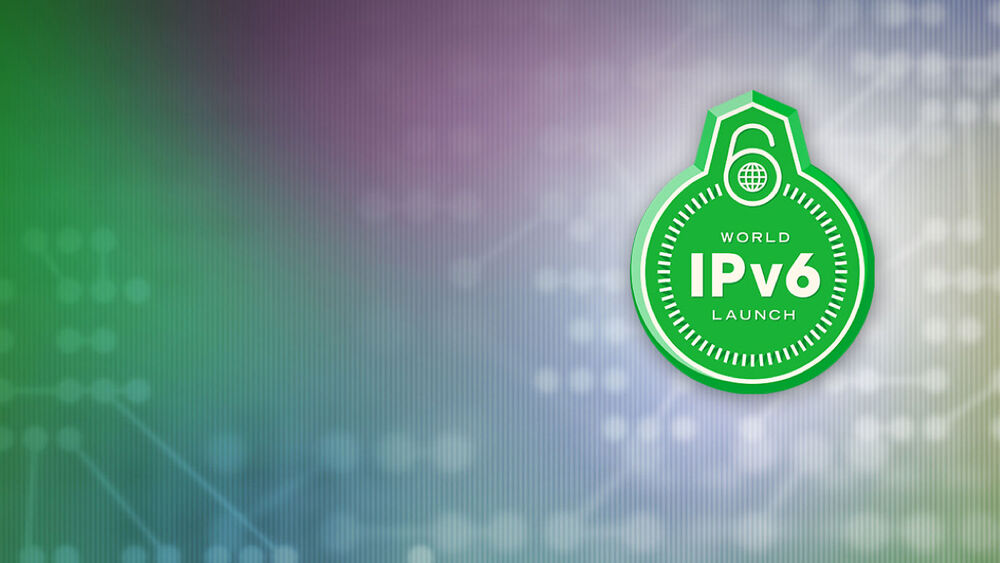Technology
IPv4 Depletion Not the Beginning of the End, it’s Just the End of the Beginning
Everyone and everything that connects to the Internet needs a numerical Internet protocol (IP) address, and an important pool of those numbers has finally run dry.
Earlier today, the organization responsible for distributing IP addresses in North America officially ran out of numbers in Internet Protocol Version 4 (IPv4), the standard upon which most of the Internet currently operates. The news comes as no surprise, but it will force companies and organizations worldwide to accelerate their transition to the more robust, secure and modern version of the Internet protocol, IPv6.
Comcast recognized the importance of IPv6 nearly a decade ago, and has been focused on adopting, deploying and advocating it ever since. We are well on the way to enabling all of our Internet properties with IPv6, and last year we became the first major U.S. ISP to deploy "dual-stack" connectivity (so named because it supports both IPv4 and IPv6 connections) throughout 100 percent of our network. As a result, we are well prepared to support the imminent and necessary migration to the newer, better standard.
Some highlights of our IPv6 work to date include:
Today we have tens of millions of cable modems being managed using IPv6 only, less than 5 percent of cable modems across the Comcast network rely on IPv4 today.
Over 70 percent and growing of Comcast broadband customers, residential and commercial, are actively provisioned with IPv6 support today.
Well over 15 percent of Comcast’s Internet traffic is over IPv6.
The most popular Comcast Internet properties are currently enabled with dual stack support.
All of Comcast’s products and services have plans or have already begun preparations to support IPv6 only. Comcast’s next generation entertainment operating system, X1, is migrating to IPv6.
IP Numbers are the core currency of worldwide Internet communication. Every Internet address – such as www.comcast.net – is linked to one or more corresponding IP addresses. Similarly, in order for you to connect to the Internet, your computer must have an IP address.
Today’s most widely used Internet Protocol version, IPv4, was published in 1981, more than a decade before the birth of the World Wide Web, and long before anyone could conceive of how large the Internet would become, or how many IP addresses would be needed. The way an IPv4 address is structured – four numbers, ranging from 0-255, separated by dots – means that fewer than 4.3 billion IPv4 numbers can exist.
While that may seem like a lot, with more than 2 billion connected people worldwide, and countless Web sites, computers and connected devices all needing IP numbers, its easy to see how we ran out. ARIN (The American Registry for Internet Numbers) is one of five regional Internet registries responsible for doling out IP addresses to users around the world. With today’s ARIN announcement, all but one of those registries – Africa’s AFRNIC – are completely out of IPv4 addresses.
The good news is that the newer standard, IPv6, which supports 340 undecillion IP addresses (an undecillion is a trillion, trillion, trillion, or a 1 with 36 zeroes), is already available, tested and ready for use worldwide. In addition to supporting our global IP addressing needs for decades to come, IPv6 is also a more secure standard. Unlike IPv4, which was created before the word "cybersecurity" was even conceived, IPv6 has been built from the ground up with security in mind.
Updating to IPv6 demands time and resources, but the value of doing so far offsets the cost. And now, with IPv4 exhausted, making the switch is no longer a choice. Since Comcast was early to the IPv6 transition process, we are fortunate to be able to support our customers and network partners through the transition.
So while today is an ending of sorts, it is an ending a longtime in the making, and one that clears the way for improved network security and stability, both on the Internet and throughout the networks that make up the network of networks.
